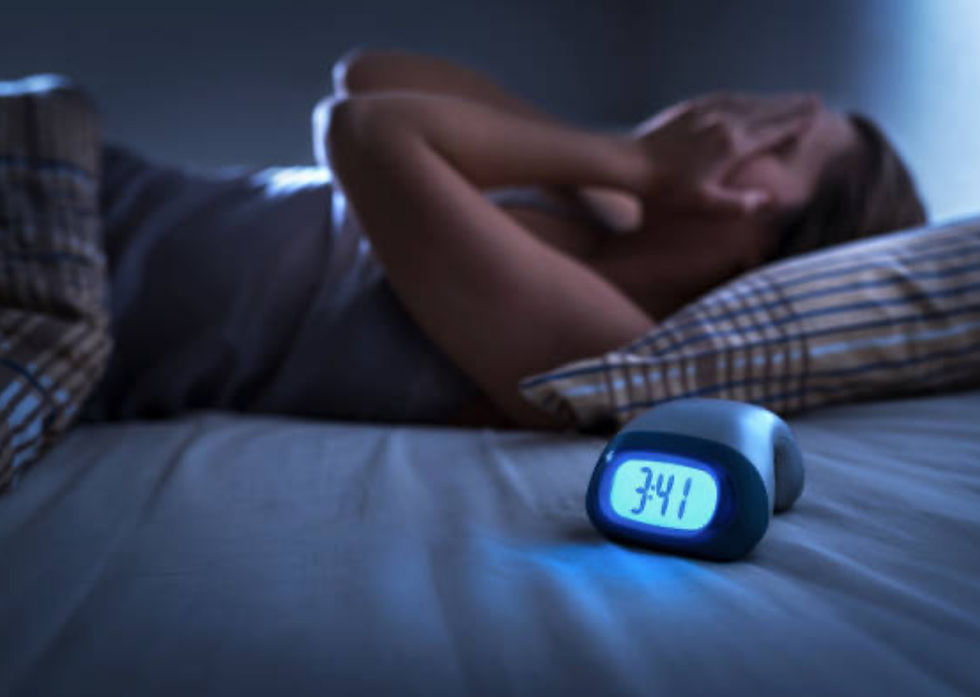
How to Create Your Own Herbal Remedies
- JamonHenderson
- Aug 24
- 4 min read
Hello! This is my very first blog, so I thought I’d start by sharing a little about myself. My name is Jamon Henderson, and I’ve been working with herbs for over fifteen years. About five or six years ago, I earned the title of Certified Advanced Master Herbalist. My journey with herbs began through survival camping—I’ve always loved the outdoors, and learning about plants felt essential to making every experience count. Over the years, I found myself camping less and working with herbs more. But enough about me—let’s get into the heart of this post.
One of the most important steps in herbal medicine is choosing the correct extraction medium. Each medium draws out different beneficial properties from plants. Honey, vinegar, glycerin, water, alcohol, and oil each pull unique compounds from herbs. My goal is to teach you a bit about each medium and the common ratios used, so you can start—or improve—the herbal remedies you make at home.

**Honey**
Honey is great at extracting water-soluble compounds, some minerals, and mild aromatics. It also preserves with natural enzymes and adds antimicrobial properties. A good extraction ratio is 1 part herb to 2 parts honey—meaning 1 ounce of herb to 2 ounces of honey, or 1 pound of herb to 2 pounds of honey. Whatever the measurement, just double the honey. I’ve also had success with a 1:8 ratio (one unit of herb to eight units of honey), and it’s still effective. Put the herbs and honey into a clean jar, stir well, shake often, and let it infuse for 2–4 weeks. Honey is great for elderberry, ginger, thyme, and other immune-boosting or cough-soothing herbs. It makes a fantastic base for herbal cough syrup and is also half of an oxymel (the other half being vinegar).
**Vinegar**
Vinegar herbal extractions (the other half of an oxymel—like fire cider) extract alkaloids and vitamins. I find vinegar ideal for using herbs as vitamin supplements, especially with nettle or yellow dock. It’s also the best medium for extracting the primary medicine from lobelia (a restricted herb). Vinegar is a good choice for people avoiding alcohol. The most common ratio is 1 part herb to 5 parts vinegar. Let this steep for 2–4 weeks, shaking as often as possible—every day is ideal, and you can’t over-shake any of these. Vinegar works best with nettle, dandelion, garlic, and other mineral-rich herbs.

**Glycerin**
Glycerin extracts are my least favorite, as glycerin alone has a hard time pulling out all the beneficial compounds. It does extract water-soluble elements and is gentle, making it a good choice for children. Its sweet taste also helps the medicine go down. Often, water is added to help it extract better: use 1 part herb, 4 parts glycerin, and 1 part water (so for 1 ounce of herb, use 4 ounces of glycerin and 1 ounce of water, making a 1:5 ratio). Put this into a clean jar, shake often for 2–4 weeks, then strain.
When I use glycerin, I prefer what I call a “cook down,” officially known as an “alcohol-to-glycerin” or “glycerite conversion.” First, make an alcohol extraction and remove the herbal material. Then, combine equal parts alcohol tincture and glycerin (for example, 5 ounces each). Gently heat the mixture until only about 5 ounces remain, being careful not to let it boil. This takes time, but I find it makes a much more potent medicine than straight glycerin. Just be sure to cook off all the alcohol if you want a truly alcohol-free remedy.

**Alcohol**
Alcohol extractions are the most common in my experience. Alcohol can extract many water-soluble compounds, as well as essential oils, resins, and glycosides. Use a 1:5 ratio—1 ounce of herbs to 5 ounces of alcohol—then put into a jar for 4–6 weeks, shaking daily. Alcohol works great with echinacea, valerian, and St. John’s wort. Tinctures (alcohol extractions) are also what I use in my creams, as they help the herbs penetrate deeper and act as a natural preservative.
**Oil**
Oil extractions are also very common and mostly used for topical applications. Oils extract fat-soluble compounds, like essential oils, resins, and some vitamins. These can be converted into massage oils, serums, or salves. The usual extraction ratio I use is 1:8, though others prefer 1:2 or 1:3. Combine the oil and herb in a jar, shake, and let infuse for 2–4 weeks, then strain. The best herbs for this extraction are arnica, calendula, comfrey, and lavender.

**Water**
Water is great for extracting vitamins, minerals, mucilage (the sticky parts, as found in comfrey root and slippery elm), and polysaccharides. Water is the base for teas, decoctions, and compresses. I usually make a large batch: 1 ounce of herb to 25–32 ounces of water. For a smaller batch, use 1 tablespoon of herb with 8 ounces of water.
For hard parts (roots, seeds, barks, berries), let them sit in water until it’s about to boil, then simmer for 10–15 minutes. For soft parts (leaves, flowers, saps), boil the water first, then remove from heat and let the herbs steep for 10–15 minutes. For decoctions, everything goes in together and the water is cooked down for several hours—never boiling, and always covered to preserve volatile oils.
**Final Tips**
Always use clean, dry jars and equipment. Introducing water or bacteria can ruin a remedy before it’s even finished extracting. Always label your jars! Even if you think you’ll remember what’s inside, it’s easy to forget. Store all finished products in a cool, dark place—temperature fluctuations and sunlight are not good for herbal products.
I hope you have fun making your own herbal remedies and experimenting with different methods. Understanding which components you’re extracting and who the remedy is for can help you choose the best medium for the situation. Enjoy your herbal journey!



Comments